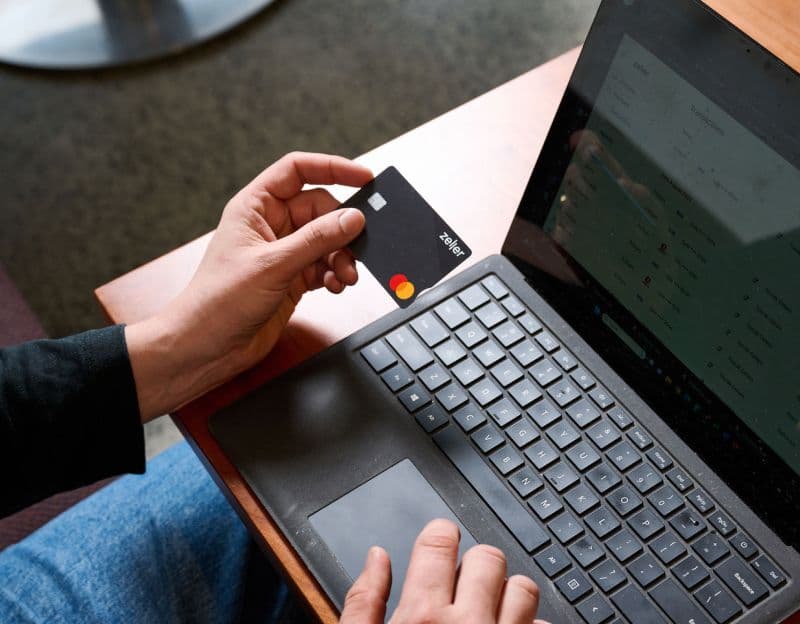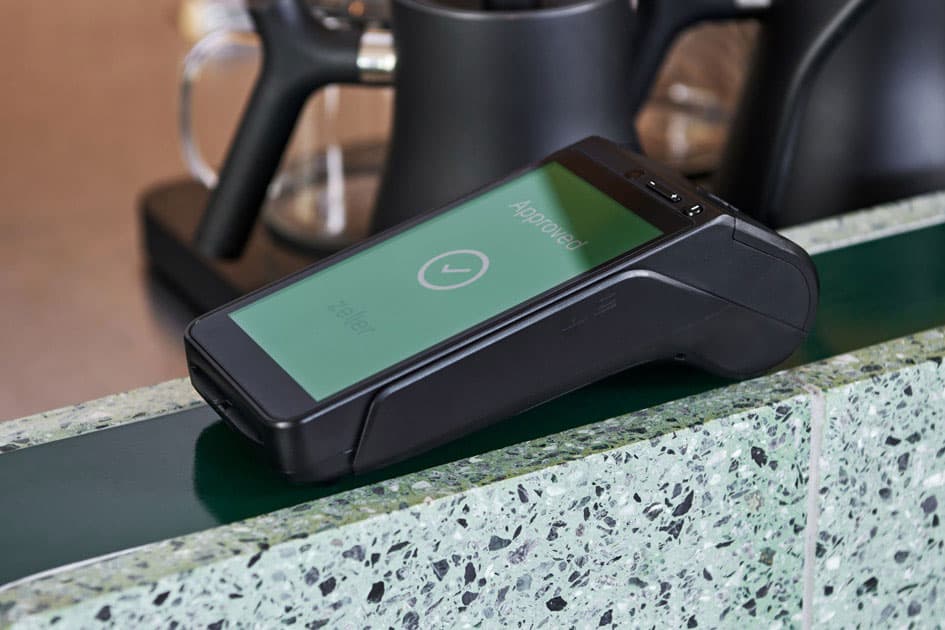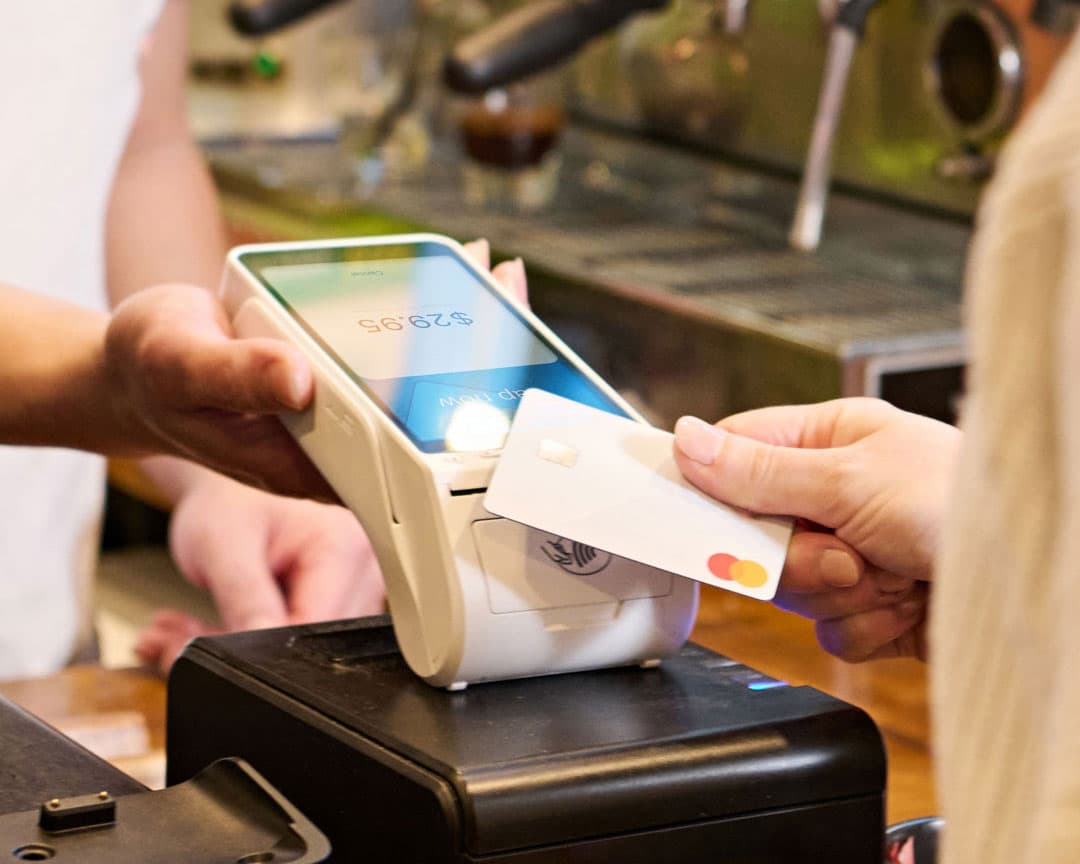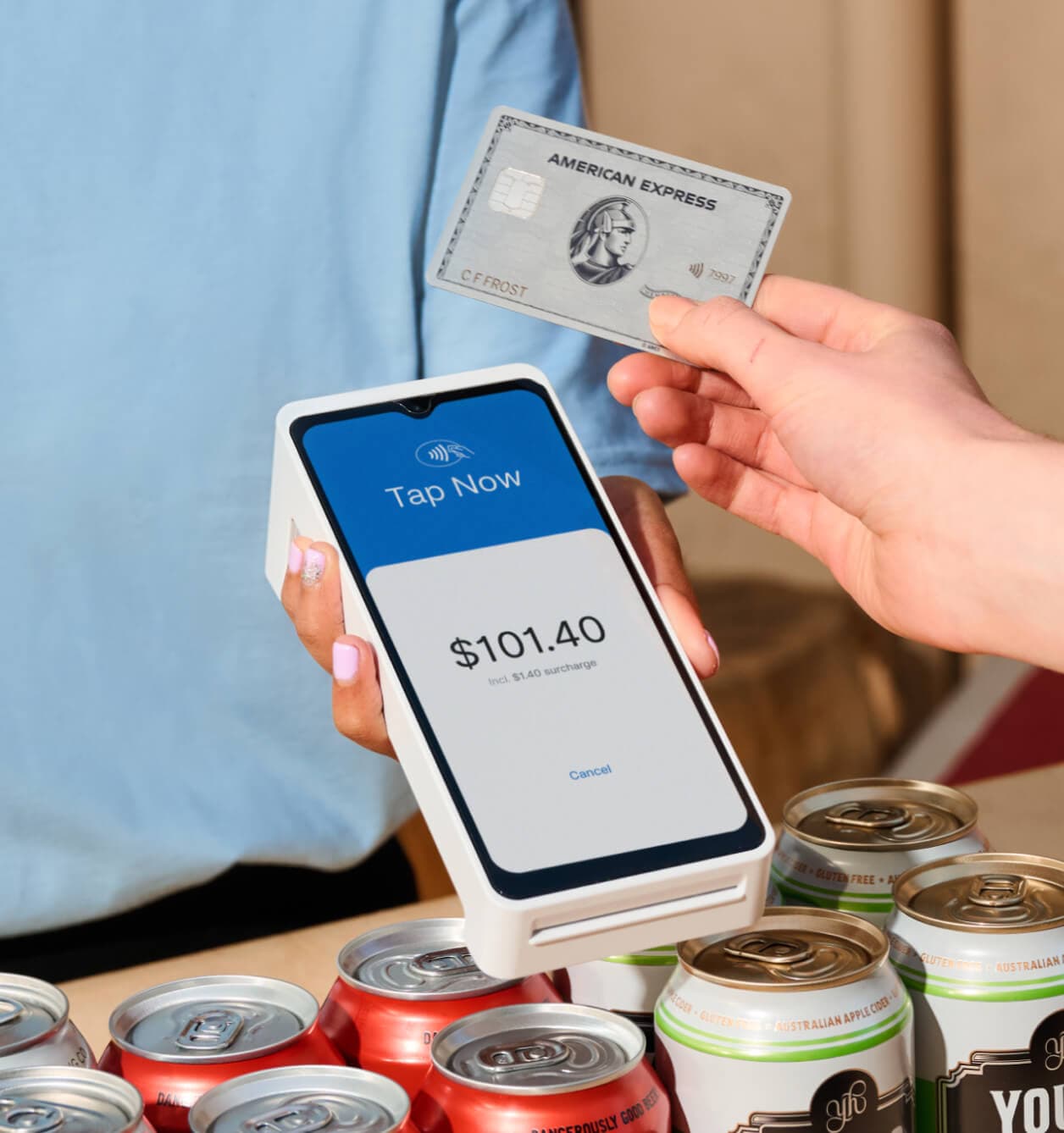
- EFTPOS & Point of Sale Solutions
Why Businesses Should Accept American Express
The more cards your business accepts, the happier your customers will be.
Some merchants make the decision not to accept American Express at their business, limiting their customers’ credit payment options to Visa and Mastercard. However, there are many benefits to giving your customers the freedom to pay with their card of choice.
These days, AMEX is accepted at tens of thousands of Australian businesses, including post offices, Bunnings, Coles and Woolworths, David Jones and Chemist Warehouse. Your customers are getting used to being able to use AMEX to purchase their essentials, and pick up points along the way. For American Express cardholders, it can be a jarring experience to have their payment method of choice refused — which is just one of the reasons why Zeller offers a low, flat fee of 1.4% for all in-person transactions, including AMEX.
Keep reading to learn more about AMEX, and why you’re doing your business a disservice by not accepting this common card type.
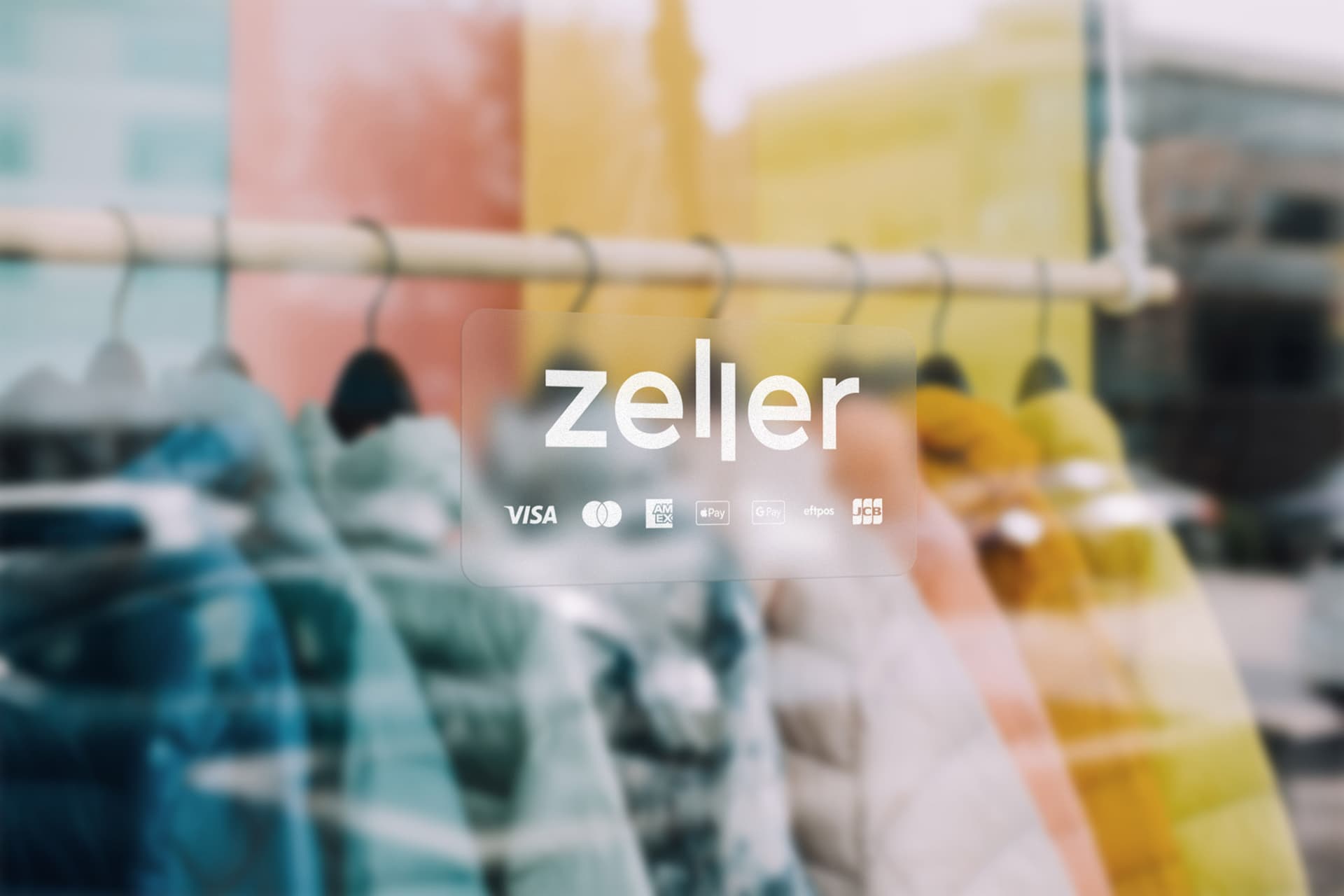
What is AMEX?
American Express — or AMEX, or is it more commonly referred to — is a financial services company similar to Mastercard and Visa. AMEX provides credit through an electronic payment card. In short, an AMEX card is a credit card.
AMEX payments account for a smaller share of the total payment pool when compared to other cards. That said, American Express cardholders tend to spend more on each transaction. American Express transactions are 50 per cent larger on average than Visa and Mastercard transactions, and the average annual spend is three times that of other cards.
Using an EFTPOS terminal that enables you to offer your customers the option to use their American Express card could give your business’ bottom line a boost.
Ready to get started with Zeller?
Sign up nowUnderstanding the credit card network
There are two major networks within the credit card industry in Australia: Visa and Mastercard.
Outside of those networks are major credit card issuers divided between the three camps. You’ll see the Visa logo on HSBC, ANZ, NAB and Bank of Melbourne cards, while the likes of Commonwealth Bank, Citibank, Coles and Bankwest operate within the Mastercard network. Qantas, David Jones and Velocity are local AMEX credit cards.
While AMEX’s chunk of the market share isn’t as sizeable as Visa and Mastercard’s, American Express’ footprint in Australia is certainly growing. More than 100,000 participating businesses have been added to the list in recent years, including AirBnb, Stan, Australia Post, Hoyts, Bunnings, Kmart and BWS. So much so that the question is increasingly changing from which businesses do accept AMEX, to which don’t?
Why is American Express so popular?
There’s a reason why many businesses have made the switch to accept American Express in recent years: perks. When a customer uses their AMEX card, they earn, receive and experience more.
AMEX cardholders can receive pre-sale ticket access, complimentary hotel stays, free shipping, retail offers and exclusive experiences. Sydney Airport, for example, has an AMEX lounge where cardholders can enjoy complimentary food, beverages, Wi-Fi and luxury comfort before their flight, all for having an American Express credit card. Plus, the more your customers use their AMEX card, the more Membership Rewards points they can earn. These can then be redeemed for travel, gift cards, entertainment, experiences – the list goes on.
Another big benefit of paying with American Express is the transaction protection that comes with it. AMEX cardholders are covered for thousands in the instance that purchases are lost, stolen or damaged.
It’s the same for travel protection. Those who pay with AMEX can be covered for cancellations, interruptions and delays.
It’s easy to see why cardholders reach for their American Express card, and may be disappointed when they cannot use it to make a purchase.
Do merchants have to accept American Express?
The short answer is no. It’s completely up to you which payment methods you accept at your business. However, the customer’s convenience and preference should always be considered — especially when points earned from payments translate to even more perks for the customer.
You could open your business up to a wealth of new repeat customers if you accept American Express, and your competitor next door doesn’t. If you do choose to accept AMEX, don’t forget you can still keep your transaction costs at a minimum by opting for the right EFTPOS terminal.
Why isn’t AMEX accepted everywhere?
Typically, merchants make the commercial decision to refuse certain cards because of the high transaction fees the business incurs in accepting them. This is one of the reasons why it’s important to partner with a merchant services facility that can give you a competitive transaction rate, with no hidden fees.
All card issuers charge a fee to merchants to process payments, but there’s no rule that says this fee has to be the same for every issuer. As a result, many businesses make the choice to accept certain cards based on which incur the lowest transaction fees.
Zeller’s low, flat processing fee of 1.4% per tapped, dipped or swiped transactions enables you to give your customers the option to pay with their card of choice and avoid alienating American Express cardholders.
How much does it cost to accept AMEX via Zeller Terminal?
Taking payments with Zeller Terminal is simple, and so are the transaction fees. Tapped, dipped or swiped payments incur a flat transaction fee of 1.4%. When customers makes a purchase over the phone, that fee is 1.7% — these transactions incur a higher security risk, as the merchant is unable to verify the cardholder’s identity in person.
Zeller Terminal is yours to own outright, which means no costly rental fees. There are no hidden charges or ongoing fees, either.
Now that you know the benefits of diversifying your card acceptance to include AMEX, keep up with the latest Zeller updates and announcements by subscribing to the Zeller Business Blog newsletter below.

Let us help your business grow.
Zeller Sales is here to help you succeed.
Leave your contact details and we’ll be in touch soon.
By sharing your details with us, we may contact you from time to time. We promise we won’t bug you — and you can unsubscribe from communications at any time.
